Insta360 Flow Pro vs DJI OM SE: Features, Compatibility, and more
By Naila Syifa
Updated July 2024

The Insta360 Flow Pro and DJI OM SE are two of the most popular smartphone gimbals on the market. While the Flow Pro caters to a more premium user with its advanced features and a higher price point, the OM SE offers a more affordable option for those looking for basic stabilization capabilities.
Both gimbals have their own strengths and weaknesses, so it's important to carefully consider your specific needs before making a purchase decision. Let's examine both options in more detail to help you decide which one is the better fit for you.
Key Takeaways
Insta360 Flow Pro is more comprehensive and versatile, while DJI OM SE is simpler and more budget-friendly. Flow Pro supports unlimited 360° panning, while DJI OM SE has a limited panning range. Flow Pro also offers third-party app integration, especially on iPhones, while DJI OM SE only works with the DJI Mimo app. Flow Pro also has a built-in selfie stick, tripod, and power bank, while DJI OM SE only includes a separate tripod and not the other two.


Insta360 Flow Pro
Dedicated Gimbal for iPhone
✓ 3-Axis Stabilization
✓ Deep Track 3.0
✓ 360° Infinite Pan Tracking
✓ Apple DockKit

DJI Osmo Mobile SE
Basic Gimbal for Everyday Use
✓ 3-Axis Stabilization
✓ ActiveTrack 6.0
✓ Easy Tutorials and One-Tap Editing
✓ Gesture Control
#1 Price

DJI Osmo Mobile SE
While the Insta360 Flow Pro is a premium gimbal, the DJI Osmo Mobile SE can be considered a more budget-friendly option. Its launch price was US$109, but in 2024 the price dropped to US$99, making it a more affordable choice for those on a tighter budget.
Meanwhile, the Insta360 Flow Pro currently retails at US$149. It is a newly launched gimbal released in July 2024, so don't expect the price to come down anytime soon, at least not until the next generation model is released.
#2 Design
Portability

Insta360 Flow Pro
Both gimbals are foldable, but the Insta360 Flow Pro folds more thoroughly, making it more compact at 79.6 x 162.1 x 36 mm dimensions when folded. Meanwhile, the DJI Osmo Mobile SE is slightly larger at 108.5 x 167 x 46.5 mm when folded.
Both gimbals are also lightweight, but the DJI OM SE is slightly winning the portability battle at 352 g compared to the Insta360 Flow Pro's 366 g.
However, overall, both gimbals are portable, easy to carry around, and fit comfortably in a bag. They offer a good balance between size, weight, and functionality.
Control

DJI Osmo Mobile SE
The more apparent difference between the two is the control interface. Both models feature fairly the same buttons like the shutter button, switch button, joystick, and zoom wheel/slider, but the Insta360 Flow Pro integrates these controls in an all-in-one SmartWheel that looks more modern while the DJI OM SE has a more traditional separate button layout.
The DJI OM SE has an advantage with a status display, which I feel is more convenient for viewing gimbal modes and battery life than the 4 indicator lights on the Insta360 Flow Pro, which shows the current mode in default and the remaining battery life when you press the power button once.
However, when it comes to quick mode switching, the Insta360 Flow Pro's SmartWheel allows for faster and more intuitive control compared to the separate buttons on the DJI OM SE. We can simply swipe clockwise to cycle the available modes forward or swipe counterclockwise to cycle backward. Meanwhile, on the DJI OM SE, we need to press the M button multiple times to switch between different modes and we can't cycle backward through the modes.
Added Design Function
Insta360 Flow Pro
Insta360 Flow Pro has another advantage with its all-in-one design that integrates a 215mm selfie stick, a tripod, and a power bank to charge your phone while in use, making it a more versatile and all-in-one package compared to the DJI OM SE.
DJI OM SE features neither a selfie stick nor a power bank. It offers a tripod but includes it as a separate accessory in the box, which needs to be attached to the gimbal when needed. This means you have to carry the grip tripod separately when on the go, while the built-in tripod design of the Insta360 Flow Pro is more convenient and space-saving.
Insta360 Flow Pro also has an edge with its Tracking Ring Light, which is located on top of the grip. The Tracking Ring Light will flash green to indicate the subject being tracked, allowing solo content creators to record with confidence that they are being properly tracked. Meanwhile, the DJI OM SE doesn't have any similar visual cue to indicate the subject being tracked, so we may have to check the camera more frequently to ensure the subject remains in the frame.
#3 Features
Tracking & Stabilization

Deep Track 3.0 in the Insta360 Flow Pro
Both gimbals offer reliable subject-tracking capabilities powered by their own tracking technology, known as the Deep Track 3.0 for the Insta360 Flow Pro and the ActiveTrack 6.0 for the DJI OM SE.
DJI OM SE originally supported the older generation of ActiveTrack 5.0, but it now has been updated to the latest ActiveTrack 6.0 version, which is as capable as the Deep Track 3.0 technology on the Insta360 Flow Pro in tracking subjects in complex environments.
With Deep Track 3.0 and ActiveTrack 6.0, both the Insta360 Flow Pro and DJI OM SE can track persons, animals, or objects and can keep them tracked even when the subject is temporarily blocked. Both gimbals also support tracking when zooming in.
Insta360 Flow Pro and the DJI OM SE offer a 3-axis stabilization system, but the mechanical range for tilting, rolling, and panning supported by each model differs.
Insta360 Flow Pro
Tilt: -100° to 82°
Roll: -150° to 180°
Pan: 360° continuous rotation
DJI Osmo Mobile SE
Tilt: -106.54° to 235.5°
Roll: -136.7° to 198°
Pan: -161.2° to 171.95°
One thing that really stands out is the Insta360 Flow Pro's ability to provide continuous 360-degree panning, which can be useful for cinematic shots and panoramic capture. Even if we move in a full 360-degree circle, the gimbal will remain tracking smoothly without interruption, keeping the subject centered in the frame no matter the direction of movement.
In-App Features

Editing Features in the Insta360 Flow Pro
Both gimbals come with companion apps, which are used to control advanced features and settings beyond what can be done directly on the gimbal hardware. The apps also offer additional creative tools and editing capabilities, expanding the gimbal's capabilities beyond just stabilization and tracking.
The companion app for Insta360 Flow Pro is called the Insta360 app, while DJI OM SE offers 2 companion apps: the DJI Mimo app for using and controlling the gimbal and the LightCut app for AI-powered one-tap editing and video templates. I think having one all-inclusive app like the Insta360 app is more convenient compared to needing two separate apps for the DJI OM SE, so the Flow Pro has a slight advantage in this regard.
A unique in-app feature both gimbals share is known as Shot Genie in the Insta360 app and ShotGuides in the DJI Mimo app. Both are very valuable for beginners, providing recommendations on shooting techniques and tutorials to inspire creative video capture depending on the specific scene or activity you are filming.
#4 Compatibility
Phone Compatibility

DJI Osmo Mobile SE
Both the Insta360 Flow Pro and DJI OM SE are compatible with most phones, both iOS and Android. They have certain guidelines for maximum phone size and weight compatibility, but they can accommodate a wide range of modern smartphone models.
Insta360 Flow Pro
Compatible Phone Width: 64-84mm
Compatible Phone Thickness: 6.9-10mm
Compatible Phone Weight: 130-300g
DJI Osmo Mobile SE
Compatible Phone Width: 67-84 mm
Compatible Phone Thickness: 6.9-10 mm
Compatible Phone Weight: 170-290 g
Rather than examining the physical size of your phone, it is more essential to check the companion's app compatibility with your phone. Some phone models may lack the necessary software support for certain features and controls. For example, some Android phones don't support ActiveTrack 6.0, so you'll have to use the older, less advanced ActiveTrack 5.0 instead.
Check smartphone compatibility with Insta360 Flow Pro here.
Check smartphone compatibility with DJI Osmo SE here.
Smartwatch Compatibility

DJI Osmo Mobile SE
If you're an Apple Watch user, the DJI OM SE offers a distinct advantage over the Insta360 Flow Pro. Apple Watch has a dedicated DJI Mimo app that allows you to control the DJI OM SE remotely, take photos or videos, switch between portrait and landscape modes, and even enable ActiveTrack.
This smartwatch integration is currently not supported by the Insta360 Flow Pro, so DJI OM SE has a clear edge over the Insta360 Flow Pro when it comes to Apple Watch remote control capabilities.
Third-Party App Integration

Insta360 Flow Pro
Insta360 Flow Pro stands out with Apple DockKit support, which offers deeper integration with iPhones. iPhone users are able to use the gimbal natively with any DockKit-compatible iOS app, from iPhone's native Camera app to social media, video conferencing, and editing apps like Instagram, WhatsApp, YouTube, Skype, Snapchat, Telegram, Facebook, Discord, Google Meet, CapCut, Final Cut Camera, Meitu, Lightroom, VivaVideo, BIGO LIVE, VSCO, SNOW, ZEPETO, and many others.
Note that advanced tracking features like Deep Track, Timelapse, Panorama, and more are not accessible in third-party apps, we still need to use the Insta360 app for that functionality.
For Android users, third-party app integration is more limited, but is still possible with the Insta360 Flow Pro using the Live Mode feature in the Insta360 app. Live Mode only works with Instagram, TikTok, FaceTime, Skype, Facebook Messenger, WeChat, Lark, and Line. It only supports portrait mode and requires opening the Insta360 app first, while DockKit allows for seamless integration with various iOS apps directly.
The DJI OM SE, on the other hand, lacks third-party app integration, primarily working within the DJI Mimo app ecosystem. If we want to record videos to share on TikTok, for example, we have to record the video first in the DJI Mimo app and then share the result on TikTok. In contrast, with the Insta360 Flow Pro on iPhone, we can directly open the TikTok app and record stabilized videos using the gimbal's native integration.
#5 Battery

DJI Osmo Mobile SE
Insta360 Flow Pro is again winning in terms of battery. With 2900 mAh battery capacity, the Flow Pro can last for up to 10 hours, which should be sufficient for a full day of content creation. Charging time is also decent at around 2 hours to fully recharge the battery.
Meanwhile, DJI OM SE has a 2600 mAh battery capacity, which is rated for up to 8 hours of battery life, slightly shorter than the Insta360 Flow Pro. Despite the smaller battery capacity, it takes a longer charging time than the Flow Pro, around 2 hours and 12 minutes to fully recharge.
As mentioned in the design section, Insta360 Flow Pro also can serve as an emergency power bank for phones, providing added convenience and utility during long filming sessions.
Insta360 Flow Pro vs DJI Osmo Mobile SE
Final Thoughts

Insta360 Flow Pro
Overall, the Insta360 Flow Pro appears to offer a more comprehensive and versatile package compared to the DJI OM SE. The integrated selfie stick, tripod, and power bank features make the Flow Pro a more all-in-one solution, while its continuous 360-degree panning capability and deeper third-party app integration, especially on iOS, provide additional creative options. The Flow Pro also has a slight edge in battery life and charging time.
However, the DJI OM SE is an attractive option for those who only need the primary gimbal stabilization and tracking functionality without the additional bells and whistles. It provides reliable performance at a budget-friendly price point, making it a more cost-effective choice for those on a tighter budget. Compared to the Insta360 Flow Pro, it stands out with an informational status display, a lightweight build, and compatibility with an Apple Watch for remote control, making it a great gimbal focused on the essentials for mobile content creation.
If you like to read more on Gimbals, check out our other relevant guides here:
Best Gimbals
Insta360 Flow Pro vs Flow
Insta360 Flow Pro vs DJI Osmo Mobile 6
Insta360 Flow Pro vs Zhiyun Smooth 5S
Insta360 Flow Pro vs Hohem iSteady M6
Don't miss out on tech
Subscribe to our newsletter to stay up to date on the latest tech trends and guides on the best gadgets around.


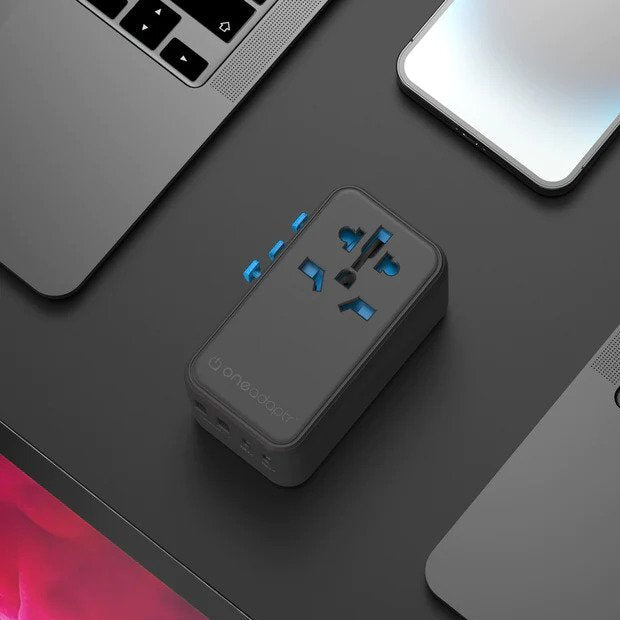
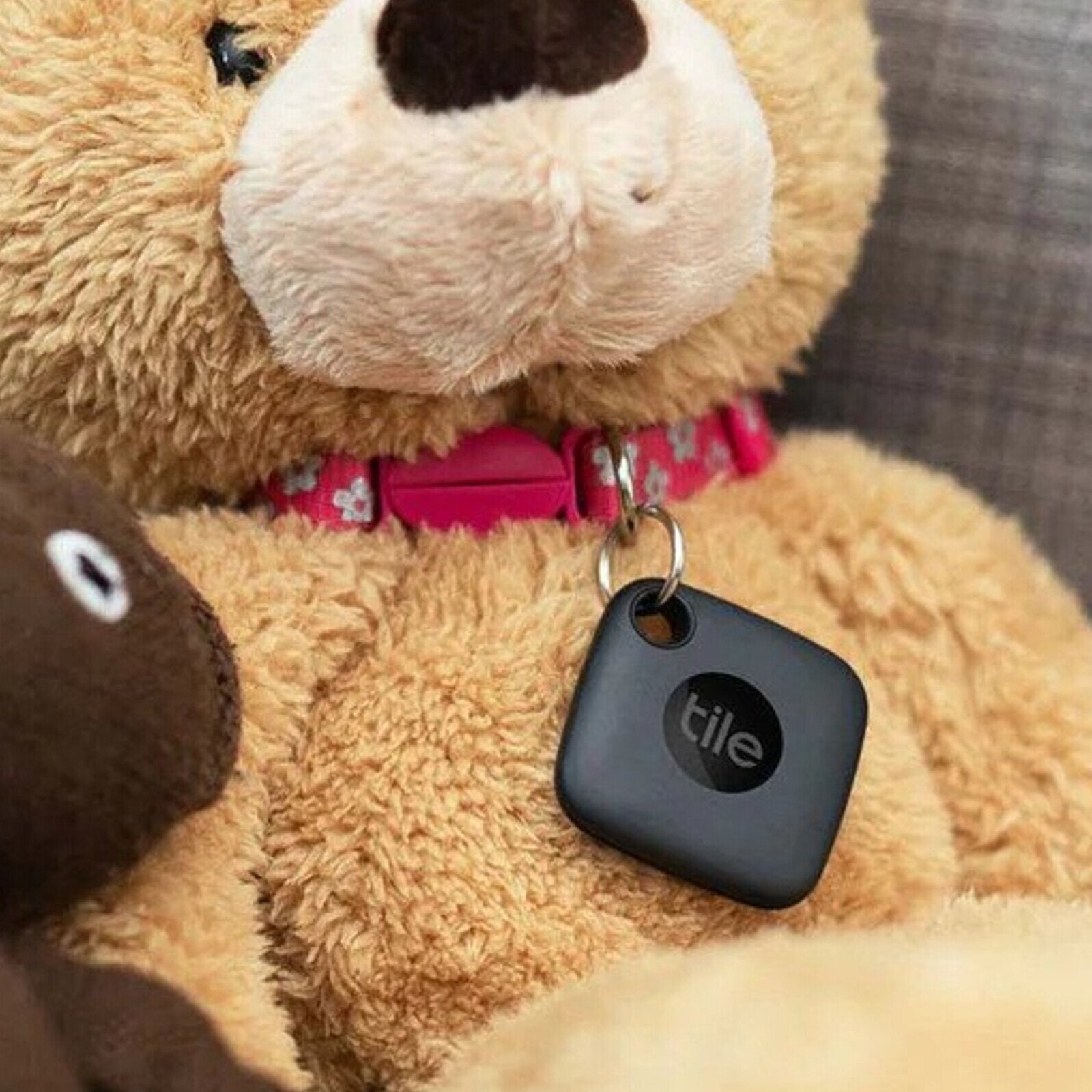






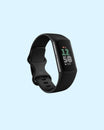
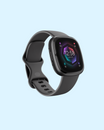
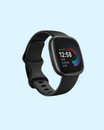

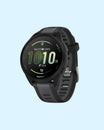
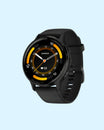
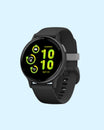
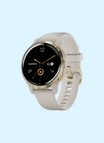
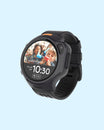
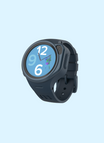



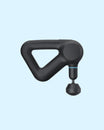








Leave a comment
This site is protected by hCaptcha and the hCaptcha Privacy Policy and Terms of Service apply.